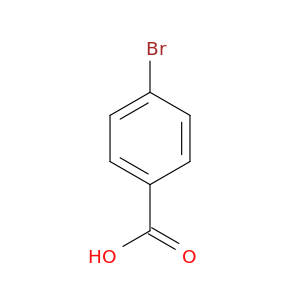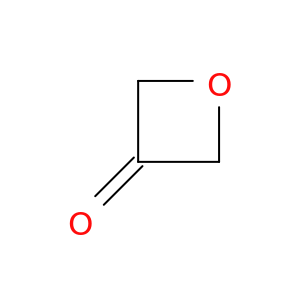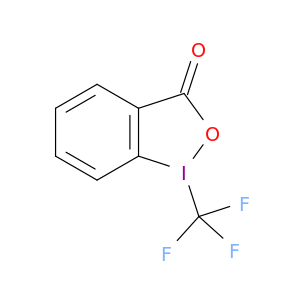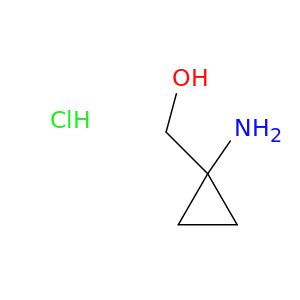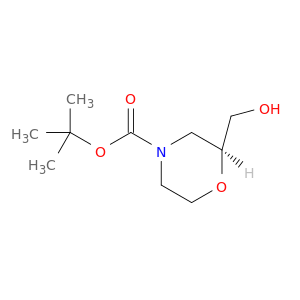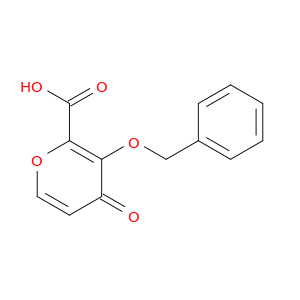200,000+ products from a single source!
sales@angenechem.com
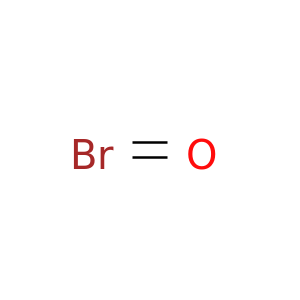
15656-19-6 | Bromine oxide (BrO) (6CI,7CI,8CI,9CI)
CAS No: 15656-19-6 Catalog No: AG001OSP MDL No:
Product Description
Catalog Number:
AG001OSP
Chemical Name:
Bromine oxide (BrO) (6CI,7CI,8CI,9CI)
CAS Number:
15656-19-6
Molecular Formula:
BrO
Molecular Weight:
95.9034
IUPAC Name:
hypobromous acid
InChI:
InChI=1S/BrHO/c1-2/h2H
InChI Key:
CUILPNURFADTPE-UHFFFAOYSA-N
SMILES:
O=[Br]
EC Number:
927-683-6
UNII:
GHT9BV419J
Properties
Complexity:
2
Compound Is Canonicalized:
Yes
Covalently-Bonded Unit Count:
1
Defined Atom Stereocenter Count:
0
Defined Bond Stereocenter Count:
0
Exact Mass:
95.921g/mol
Formal Charge:
0
Heavy Atom Count:
2
Hydrogen Bond Acceptor Count:
1
Hydrogen Bond Donor Count:
1
Isotope Atom Count:
0
Molecular Weight:
96.911g/mol
Monoisotopic Mass:
95.921g/mol
Rotatable Bond Count:
0
Topological Polar Surface Area:
20.2A^2
Undefined Atom Stereocenter Count:
0
Undefined Bond Stereocenter Count:
0
XLogP3:
0.5
Literature
| Title | Journal |
|---|---|
| Hypohalous acid-mediated halogenation of resveratrol and its role in antioxidant and antimicrobial activities. | Food chemistry 20121201 |
| New insight into photo-bromination processes in saline surface waters: the case of salicylic acid. | The Science of the total environment 20121001 |
| The fluorescein-derived dye aminophenyl fluorescein is a suitable tool to detect hypobromous acid (HOBr)-producing activity in eosinophils. | The Journal of biological chemistry 20120810 |
| Epigenetics of chronic rhinosinusitis and the role of the eosinophil. | International forum of allergy & rhinology 20120101 |
| One-electron reduction of N-chlorinated and N-brominated species is a source of radicals and bromine atom formation. | Chemical research in toxicology 20110321 |
| Taurine bromamine: a potent oxidant of tryptophan residues in albumin. | Archives of biochemistry and biophysics 20110315 |
| Kinetics and mechanisms of N-nitrosodimethylamine formation upon ozonation of N,N-dimethylsulfamide-containing waters: bromide catalysis. | Environmental science & technology 20100801 |
| Acetaminophen (paracetamol) inhibits myeloperoxidase-catalyzed oxidant production and biological damage at therapeutically achievable concentrations. | Biochemical pharmacology 20100415 |
| The bromination kinetics of phenolic compounds in aqueous solution. | Journal of hazardous materials 20091030 |
| Structure and antioxidant activity of brominated flavonols and flavanones. | Journal of mass spectrometry : JMS 20091001 |
| Hypobromous acid and bromamine production by neutrophils and modulation by superoxide. | The Biochemical journal 20090201 |
| Hypothiocyanous acid is a more potent inducer of apoptosis and protein thiol depletion in murine macrophage cells than hypochlorous acid or hypobromous acid. | The Biochemical journal 20080901 |
| The vinyl ether linkages of plasmalogens are favored targets for myeloperoxidase-derived oxidants: a kinetic study. | Biochemistry 20080805 |
| Kinetics of hypobromous acid-mediated oxidation of lipid components and antioxidants. | Chemical research in toxicology 20071201 |
| Reactive sulfur species: kinetics and mechanisms of the oxidation of cysteine by hypohalous acid to give cysteine sulfenic acid. | Journal of the American Chemical Society 20071114 |
| Differential effects of flavonols on inactivation of alpha1-antitrypsin induced by hypohalous acids and the myeloperoxidase-hydrogen peroxide-halide system. | Archives of biochemistry and biophysics 20070301 |
| Degradation of extracellular matrix and its components by hypobromous acid. | The Biochemical journal 20070115 |
| [A comparative spin trapping study of hypobromous and hypochlorous acids interaction with tert-butyl hydroperoxide]. | Biofizika 20070101 |
| Kinetics and mechanism of the reaction of [RuIII(edta)(H2O)]- with HOBr to form an intermediate RuV=O complex in aqueous solution. | Dalton transactions (Cambridge, England : 2003) 20061021 |
| Reaction mechanism of uracil bromination by HBrO: a new way to generate the enol-keto form of 5-bromouracil. | The journal of physical chemistry. A 20060928 |
| A kinetic study of D-glucose oxidation by bromine in aqueous solutions. | Carbohydrate research 20060814 |
| Thiocyanate is an efficient endogenous scavenger of the phagocytic killing agent hypobromous acid. | Chemical research in toxicology 20060401 |
| Bromination and chlorination reactions of myeloperoxidase at physiological concentrations of bromide and chloride. | Archives of biochemistry and biophysics 20060115 |
| Kinetics of the reaction of hypobromous acid and organic matters in water treatment processes. | Water science and technology : a journal of the International Association on Water Pollution Research 20060101 |
| The role of reactive N-bromo species and radical intermediates in hypobromous acid-induced protein oxidation. | Free radical biology & medicine 20051001 |
| [Color reaction of chlorhexidine and proguanil with hypobromite]. | Die Pharmazie 20050401 |
| Endogenous formation of novel halogenated 2'-deoxycytidine. Hypohalous acid-mediated DNA modification at the site of inflammation. | The Journal of biological chemistry 20041203 |
| Kinetic analysis of the reactions of hypobromous acid with protein components: implications for cellular damage and use of 3-bromotyrosine as a marker of oxidative stress. | Biochemistry 20040427 |
| Role of thiocyanate, bromide and hypobromous acid in hydrogen peroxide-induced apoptosis. | Free radical research 20040201 |
| Hypohalites and related oxidants as chemiluminescence reagents: a review. | Luminescence : the journal of biological and chemical luminescence 20040101 |
| Addition reactions at the 16(17) double bond of 3-methoxy-13alpha-estra-1,3,5(10),16-tetraene. | Steroids 20030301 |
| Eosinophil peroxidase produces hypobromous acid in the airways of stable asthmatics. | Free radical biology & medicine 20020915 |
| DNA damage induced by hypochlorite and hypobromite with reference to inflammation-associated carcinogenesis. | Cancer letters 20020408 |
| Comparison of low-density lipoprotein modification by myeloperoxidase-derived hypochlorous and hypobromous acids. | Free radical biology & medicine 20010701 |
| On the oxidation of cytochrome c by hypohalous acids. | Archives of biochemistry and biophysics 20010501 |
| Eosinophil peroxidase catalyzes bromination of free nucleosides and double-stranded DNA. | Biochemistry 20010220 |
| The eosinophil peroxidase-hydrogen peroxide-bromide system of human eosinophils generates 5-bromouracil, a mutagenic thymine analogue. | Biochemistry 20010220 |
Related Products
Featured Products
© 2019 Angene International Limited. All rights Reserved.


